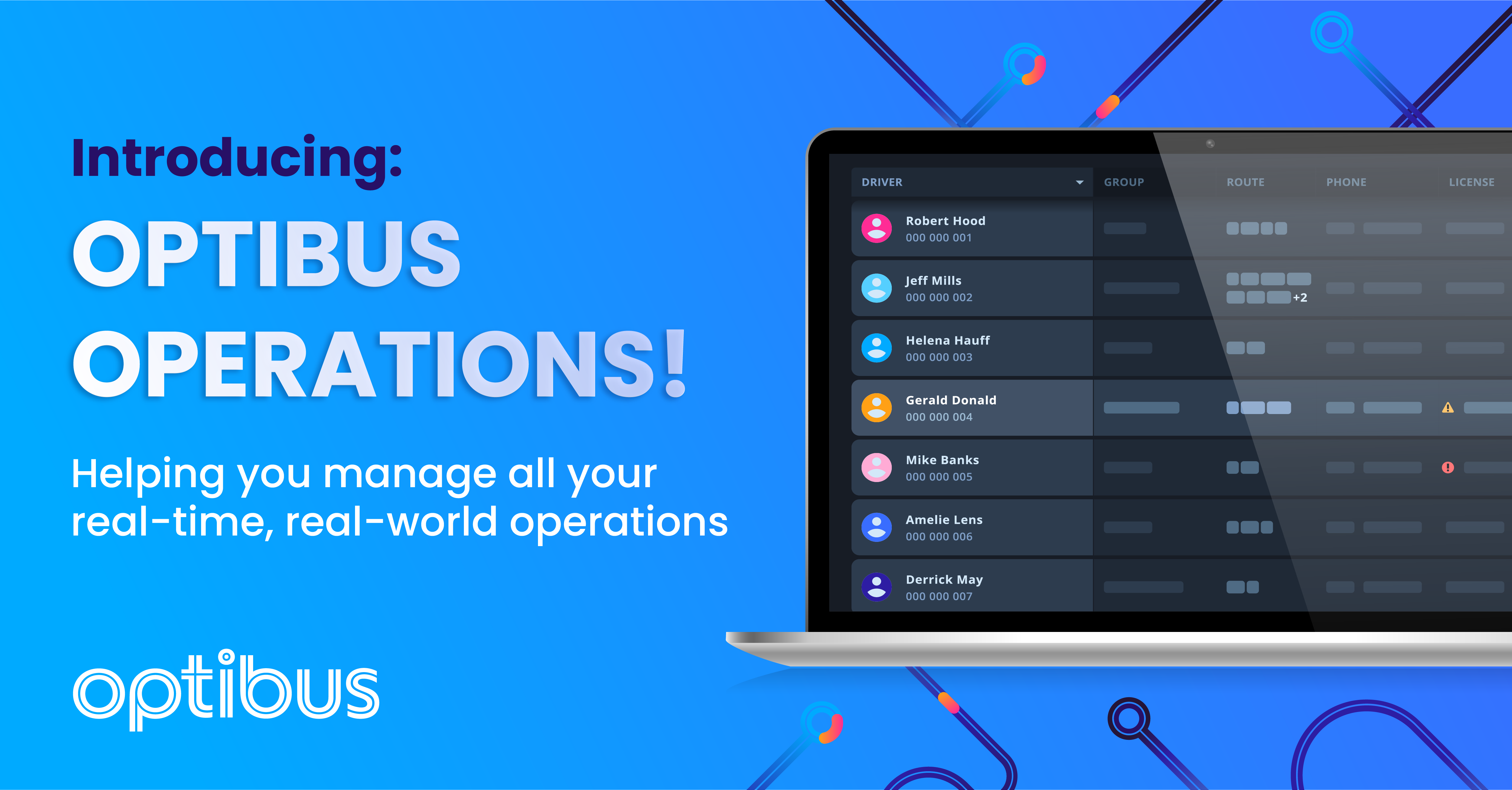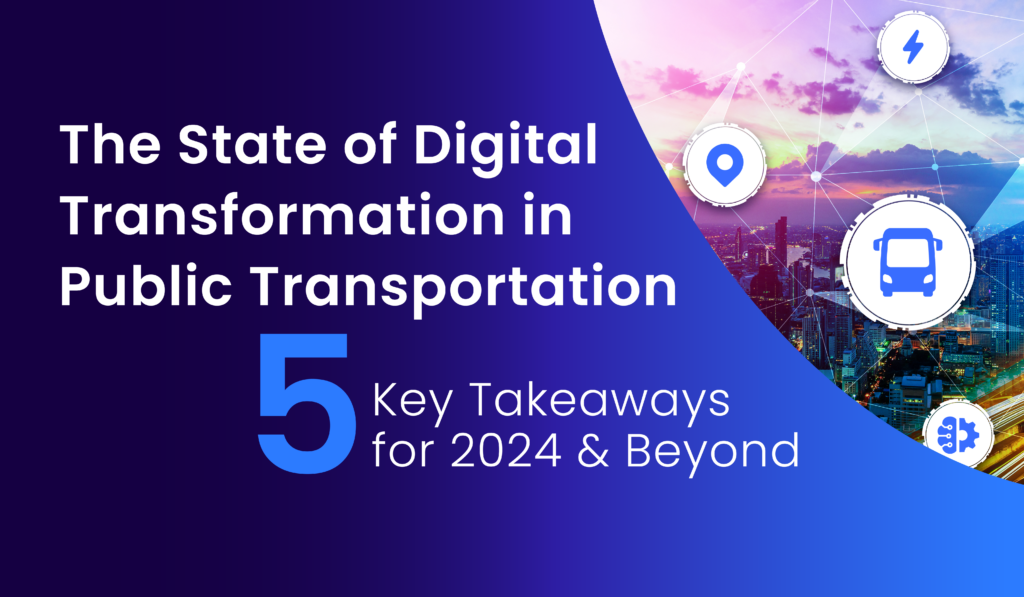Travel patterns have changed forever due to the pandemic. Remote work has flattened weekday peaks and made the Monday to Friday commute a thing of the past. What remains are fluid travel patterns, with this likely to be the new normal.

Historically, the public transport industry has lacked the tools needed to respond quickly to such rapidly evolving travel patterns and passenger demands. The pandemic showed us the flaws in relying on manual and legacy processes and the importance of data-driven planning and demand responsive operations. Today, we have the data and technology to do things differently; to deliver reliable, relevant, and convenient public transport services, to make fixed routes more responsive to changing demand, and to re-frame services to address equity of access, not just commuting patterns.
Planning for ‘sameness’
Planning public transport has always been a challenge. For most of the industry’s existence, there have been few ways to accurately (and cost effectively) capture data about how, when, and where people were traveling. Agencies and operators built transport networks knowing that demand existed, but without having the granularity that could help inform network decision making.
Rather than “Build it and they will come”, it was “Build it and hope they will come.”
This method has worked (to a degree) because for many years travel patterns were fairly constant and the focus was on trips into and out of employment centres. There was little need for massive or frequent network adjustments and the same service patterns would be sustained for long periods.

But a lack of data hurt transport planning in other ways. Service performance was hard to monitor and measure, limiting the ability for service improvement initiatives. Disruptions, such as a late bus or re-routing, were impossible to communicate to passengers in advance because there were no real-time planning apps, passenger information systems, or platform displays.
These inefficiencies were caused by the proliferation of manual methods that made every task time-intensive, data poor, and hard to manage. Because these methods were the standard, we did not push for alternatives until the pandemic proved just how poorly the standard worked.
The pandemic exposes planning and operational vulnerabilities
During the pandemic, work flows based on legacy and manual processes collapsed. Educated guesses could not produce the routes and schedules that passengers needed. Operators could not quickly adjust services to address back-to-back lockdowns and reopenings. Inconsistent travel patterns became the standard, and with it, the monitoring, measuring, and tweaking of services became a daily activity.

The need for better reporting and collaboration between government and operators became apparent. The contracting environment that agencies have with operators does not enable operators to quickly respond to change and provide the best services possible. Their hands are tied because of outdated technology that exacerbates the operator-agency relationship and strict commercial arrangements with the government that prohibit operators’ autonomy and flexibility to improve the services.
Waiting six to 24 months for the typical network redesign cycle and the task of evaluating network performance, coverage, and travel patterns is no longer sufficient. Much can change during that time. Why wait six months after launching services to discover that barely any passengers use them? These long evaluation cycles are one reason why there has always been a lag between the services that passengers demand and the transport networks that governments provide.
A solution for demand-informed planning and services
Once, the technology needed to make data-driven and demand responsive planning decisions and to enhance private-public collaboration did not exist. That is not the case today. We have access to all the data needed to build data-informed transport networks. We have the passenger information and driver communication systems to give operators and passengers advance warning regarding service changes. We also have the tools needed to detect ridership changes and adjust services quickly and accordingly, keeping pace with evolving trends. In the background, the policy drivers of sustainability, equity and economic recovery continue to ask more of, and raise the bar for, public transport services.
Public transportation operators and agencies of all sizes, and services types can build a customized planning and operations solution using Optibus’ end-to-end software
The Optibus software platform gives agencies and operators the tools to institutionalize collaborative planning and demand-responsive services and increase operational efficiency in a way that makes each dollar go farther. Optibus unites all stakeholders within the same digital work environment, boosting work speed and network performance. Data becomes more accessible and central in planning. Agencies can retrieve data from sources including ticketing, seeing where ridership is located, how routes are performing, and adjust and optimize services in a much shorter timeframe. Together, these tools enable higher quality, more effective services and partnerships, bringing us into a world of data-informed, demand responsive public transport networks.
It is no longer “Build it and hope they will come.” Only “Build it and they will come.”
.png?width=100&height=100&name=RussYell%20(1).png)




%20(1)%20(1).png)
.png)